Every professional photographer and photo enthusiast has one. It is the “must have” filter and it’s called the circular polarizer. If I’m photographing outside, I have a circular polarizer on my lens virtually all the time. You can create almost, but not quite, the same effect using Adobe Photoshop. Although I always find it easier to take the photo so that I have to spend as little time as possible in front of a computer. Besides, a filter is less expensive than Photoshop.
Without going into a lot of technical jargon, polarizing filters change the way your camera sees light. A polarizing filter makes a significant change in photographs of water, sky, color, gardens, reflections, and rainbows. If you have a pair of polarizing sunglasses you will be able to see what a polarizing lens does for a camera. If you look at water with your sunglasses on and then take them off and look, you will see a great difference. The same is true using a polarizing filter on your camera lens.
When photographing water, like Lake Okanagan here in Kelowna, reflections on the water surface will normally not allow you to see the bottom of the pond or stream. When using a polarizer, you will be able to see the bottom, which makes your photo much more interesting. The color of the water is also enhanced beautifully when using this filter. Check out these photos around the Kelowna area:
| With filter | Without filter |
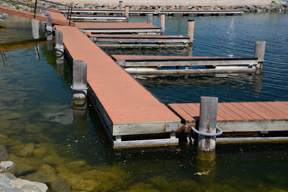 |
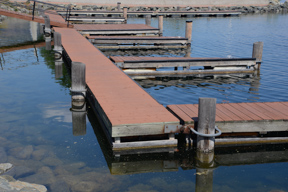 |
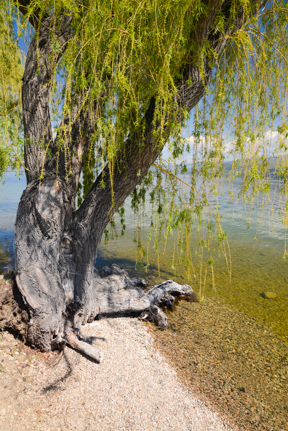 |
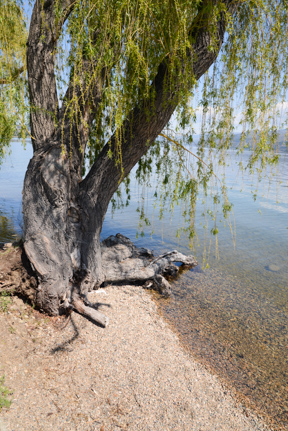 |
The colors of skies change considerably when using a polarizer. Just by rotating the filter the sky alters from a boring light blue to a vibrant eye-popping blue. More depth and brilliance is added to any clouds in the sky. Rainbows can be brightened significantly, or if you really don’t want that gorgeous rainbow ruining your shot, you can rotate the filter so it disappears.
| With filter | Without filter |
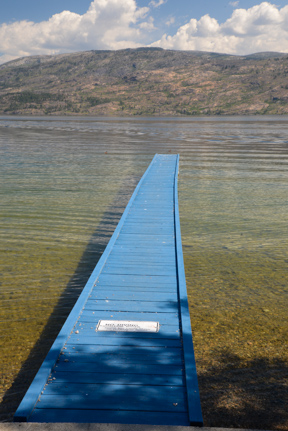 |
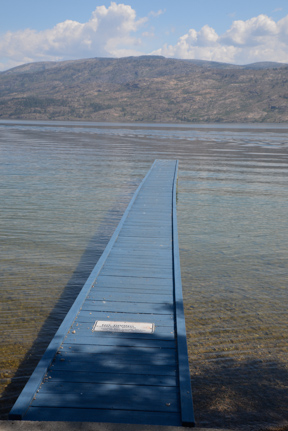 |
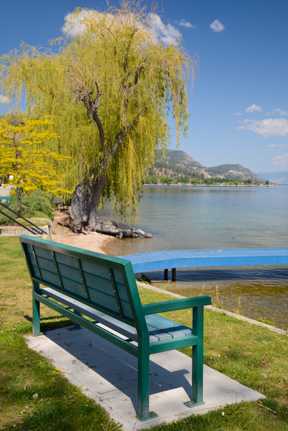 |
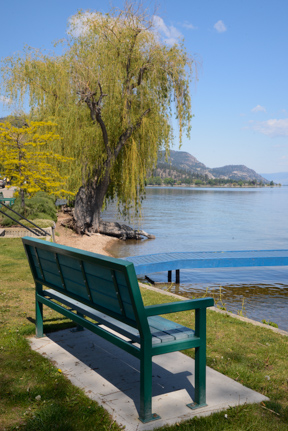 |
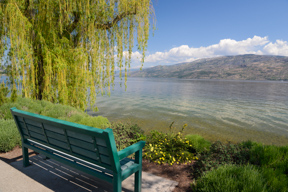 |
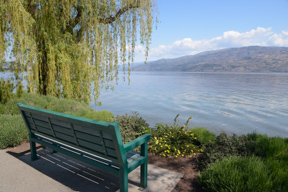 |
In a garden, whether the sun is bright or it’s a high overcast day, light is being reflected by any green, especially green leaves on plants, producing a white glare. By using the polarizing filter, the glare is removed and the colors enhanced.
| With filter | Without filter |
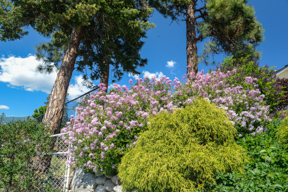 |
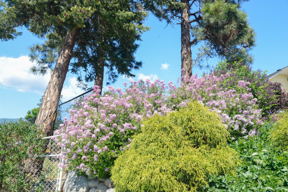 |
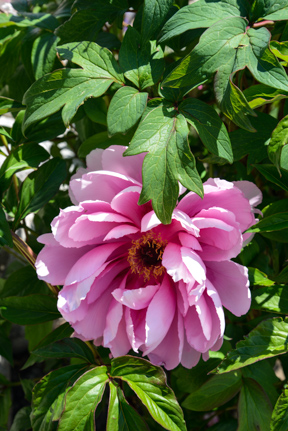 |
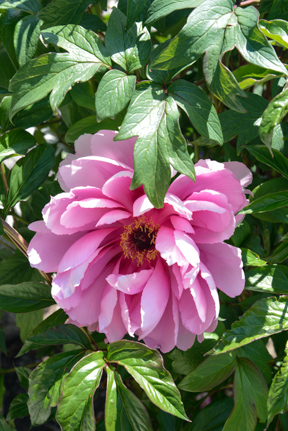 |
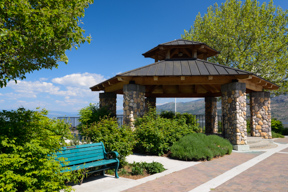 |
 |
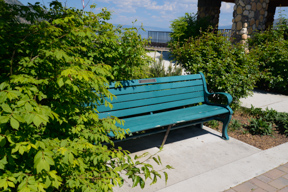 |
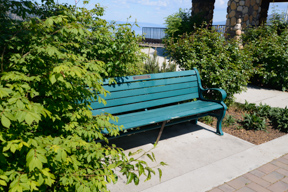 |
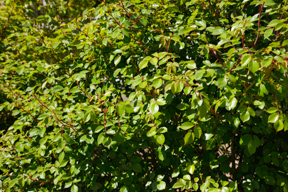 |
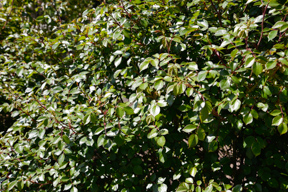 |
If you’re up early for sunrise, there is no wind and you have an awesome reflection of a mountain on a glass smooth lake, a polarizing filter is your best friend. It will boost the reflection beautifully. On the other hand you can make the reflection disappear, of course, but that’s not what most people would do!
Another use for the must have filter is if you’re a vintage car enthusiast. Cars always reflect light off their shiny surface, making it difficult to get a nice photograph. By using a polarizing filter, the reflections are eliminated or diminished greatly.
A polarizing filter screws on to the front of any camera lens. You will need either a separate filter for each different size lens, or a step up or step down lens ring which will adapt the filter on to more than one lens. Once the filter is on your lens, you rotate the outside of the filter to effect the light change you want. For those with point and shoot cameras, you could try using your polarized sunglasses by rotating them in front of the lens. The lens on a point and shoot does not allow filters to be applied. For best results you want to be at 90 degrees to the direction of the sun. That means the sun is coming from your right or left side.
Be aware, when you do have a polarizing filter on your lens, the darkness of the filter will lower the light getting through to your sensor affecting your shutter speed or f stop, depending on the mode you are shooting in. This isn’t a disadvantage unless you have a low light situation and no tripod to put your camera on. It’s unlikely you would need a polarizing filter in any low light situation.
Besides all the positives that a polarizer adds to your photographs, the filter protects your lens the same as a UV filter. Although more expensive that a UV filter, it’s still a lot less expensive than a lens. We talk more about them in our photography courses, so make sure you check them out!
There are several manufacturers of polarizing filters with different price points, ranging from 104.99 to 239.95 for a 72 mm lens. Of course the more you spend on a filter, the better the filter. The less expensive filters have thicker glass, which equals more aberrations in your photograph caused by the filter. Keep in mind that the larger the lens diameter the filter has to fit, the more expensive the filter will be. In my opinion, the German made B+W polarizing filters are the best, and most expensive. Hoya, and Tiffen are also good brands. Rule of thumb for this “must have” filter is to spend as much as you can. You won’t be disappointed. Don’t bother getting a polarizer for lenses that you use mainly indoors, but for outdoor landscapes, I consider the circular polarizer essential.